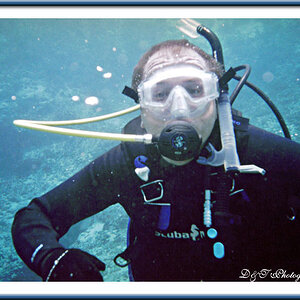Helen B
TPF Noob!
- Joined
- Sep 16, 2007
- Messages
- 3,296
- Reaction score
- 467
- Location
- Hell's Kitchen, New York
- Can others edit my Photos
- Photos NOT OK to edit
It's a good point. I did mention the relationship between shooting colour and choice of format in my first reply, and it is quite a important factor. It's one of the reasons I don't shoot whole plate any more!
I'm not all that keen on crystal-ball gazing, but maybe it's worth doing now and then. Please take these musings as no more than musings. I would not expect anybody to ever make colour film of the quality that both Kodak and Fuji produce. To the best of my recollection, Ilford have stated that they have no current plans to make colour film, just as they have stated that they have no plans to make instant film to replace Polaroid sheet film.
So far, Kodak have shown slightly more willingness than Fuji to accommodate special orders of sheet film in large sizes. If Kodak make the film in sheet format (it isn't usually made from the same master rolls as smaller format roll film) there's always a chance that a collective of photographers could put a large enough order together for a non-catalogue size, but it would be a pain. This happened not so long ago for 11x14 colour neg.
Sheet film can be, and is, cut down. If 8x10 was the only size freely available from a manufacturer, then both 4x5 and 5x7 could be made with relative ease. Relative to making 8x10 or 5x7 from 4x5.
Commercial processing is becoming an issue, even here in New York. I shoot colour neg, and up to date I have had no problems getting film processed commercially. Friends who prefer 8x10 reversal have had issues with labs faced with severely declining volume that have lead to quality problems. It's not a matter of being unavailable, but being less available. You can always do it yourself. The loss of 8x10 instant film has precipitated a faster move to digital than might otherwise have happened among a certain type of studio photographer that would have used reversal.
Best,
Helen
I'm not all that keen on crystal-ball gazing, but maybe it's worth doing now and then. Please take these musings as no more than musings. I would not expect anybody to ever make colour film of the quality that both Kodak and Fuji produce. To the best of my recollection, Ilford have stated that they have no current plans to make colour film, just as they have stated that they have no plans to make instant film to replace Polaroid sheet film.
So far, Kodak have shown slightly more willingness than Fuji to accommodate special orders of sheet film in large sizes. If Kodak make the film in sheet format (it isn't usually made from the same master rolls as smaller format roll film) there's always a chance that a collective of photographers could put a large enough order together for a non-catalogue size, but it would be a pain. This happened not so long ago for 11x14 colour neg.
Sheet film can be, and is, cut down. If 8x10 was the only size freely available from a manufacturer, then both 4x5 and 5x7 could be made with relative ease. Relative to making 8x10 or 5x7 from 4x5.
Commercial processing is becoming an issue, even here in New York. I shoot colour neg, and up to date I have had no problems getting film processed commercially. Friends who prefer 8x10 reversal have had issues with labs faced with severely declining volume that have lead to quality problems. It's not a matter of being unavailable, but being less available. You can always do it yourself. The loss of 8x10 instant film has precipitated a faster move to digital than might otherwise have happened among a certain type of studio photographer that would have used reversal.
Best,
Helen


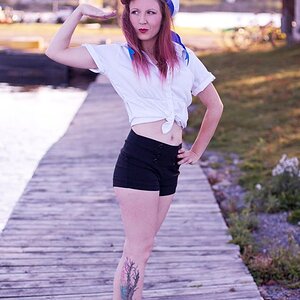

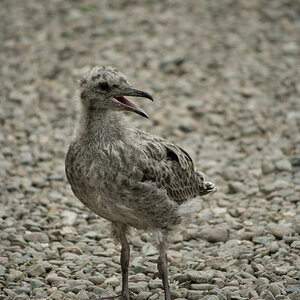

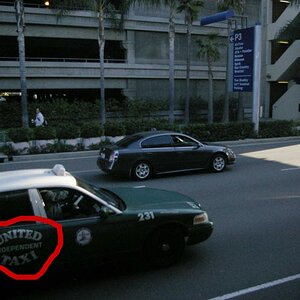
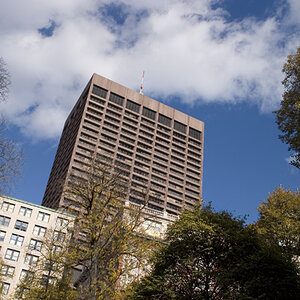
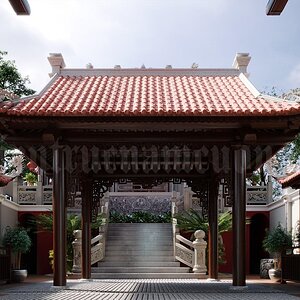
![[No title]](/data/xfmg/thumbnail/41/41783-314fbf7e0c66dfa41b2a2d535aa3a9cd.jpg?1619739891)


![[No title]](/data/xfmg/thumbnail/34/34142-948c6bafdf60862125009004d5a06e46.jpg?1619736315)
